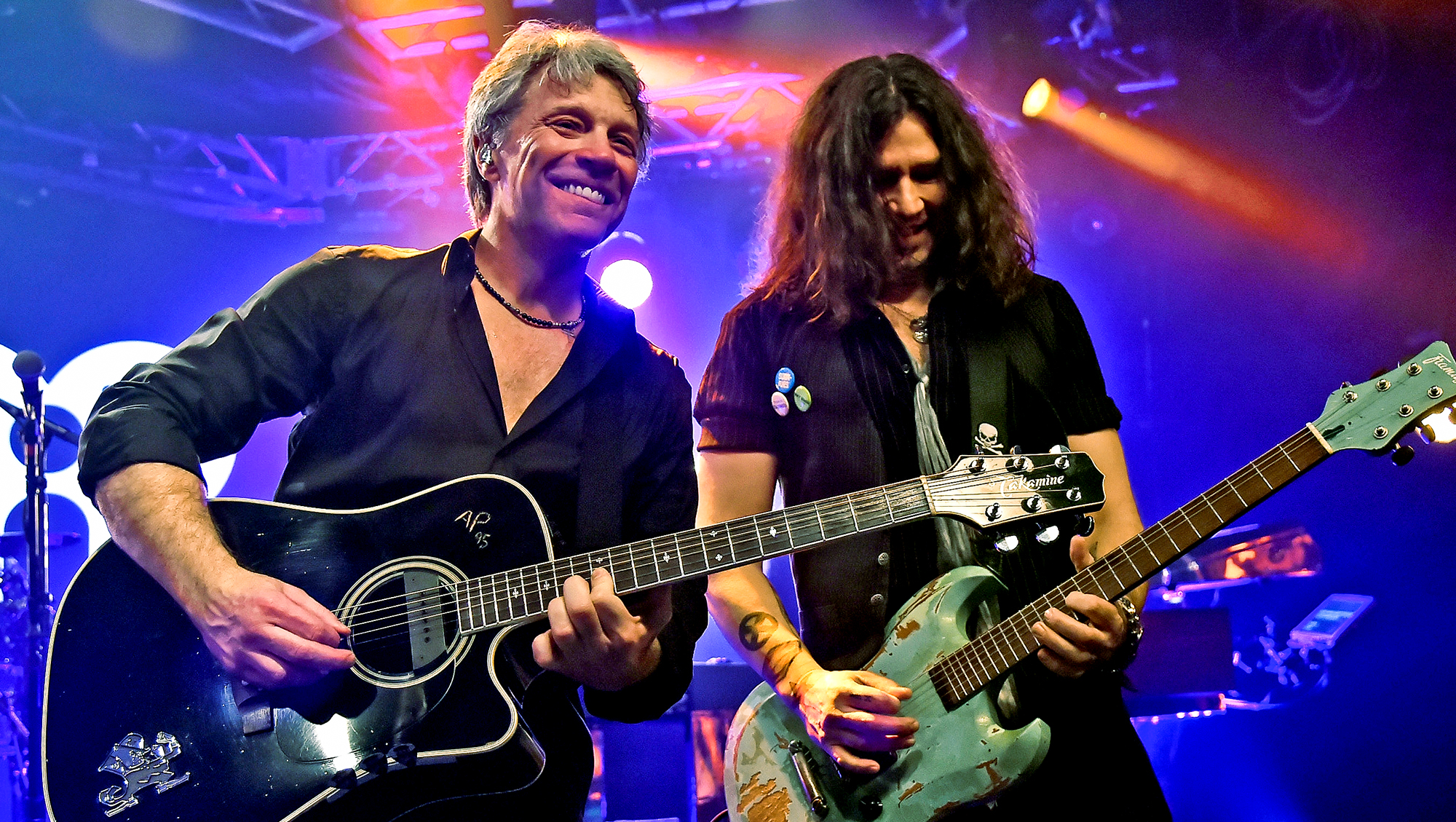“He gave us ninety years of tireless efforts to educate, inspire, and entertain”: British blues pioneer John Mayall dies at 90
The guitarist dedicated 60 years to the blues, launching the careers of some of the genre’s – and the world's – greatest guitarists in the process

John Mayall, one of the most important players in the history of blues guitar, has died aged 90.
The legendary British guitarist was the mastermind behind the Bluesbreakers, helping launch the careers of some of the most prestigious blues and rock musicians to ever grace the stage.
Those names include Eric Clapton, Peter Green, Mick Fleetwood, Mick Taylor, Jack Bruce, and John McVie. But his talents extended far beyond providing a platform for other luminaries, he was a hugely celebrated songwriter and performer in his own right.
Mayall’s family published a statement confirming the news, having passed away surrounded by his family in his California home on Monday (July 22).
The statement reads: “It is with heavy hearts that we bear the news that John Mayall passed away peacefully in his California home yesterday, July 22, 2024, surrounded by his loving family.
“Health issues that forced John to end his epic touring career have finally led to peace for one of this world’s greatest road warriors. John Mayall gave us ninety years of tireless efforts to educate, inspire, and entertain.
“We, the Mayall family, cannot thank his fans and long list of bandmembers enough for the support and love we were blessed to experience secondhand over the last six decades.
All the latest guitar news, interviews, lessons, reviews, deals and more, direct to your inbox!
“Keep on playing the blues somewhere, John. We love you.”
A post shared by John Mayall (@johnmayallofficial)
A photo posted by on
Mayall, born in Macclesfield, England in 1933, picked up the guitar at an early age, influenced by his father’s collection of blues and jazz records.
His first proper electric guitar – a semi-electric Weldone hollow body made on a shoestring budget – came after a period of playing the banjo and ukelele. He purchased it in Japan in 1954, while on a week’s leave from the Army.
“It’s the guitar that’s on the cover of [Mayall’s 1967 album] The Blues Alone,” he told Guitar World. “I did all the fancy carved engraving to make it look more distinctive. It started out as a regular six-string guitar, but I tried making it into a 12-string. It was a great guitar.”
Mayall moved to London in the early ‘60s, chasing his dreams of becoming a professional musician, masterminding the Bluesbreakers in February ‘63.
His Bluesbreakers collective would go on to feature a dizzying array of talented musicians, many of whom forged their own storied careers as a result of the band’s springboard.
Eric Clapton is arguably the most prolific alumnus. As Clapton once regaled to Guitar Player, Mayall resurrected the guitarist’s floundering career in the wake of his departure from another virtuoso breeding ground, the Yardbirds.
“I was 19 when I left the Yardbirds,” Clapton told GP in 1967. “I intended to give up then. But John Mayall offered me a job and I took it because I needed the bread, and I needed some kind of identity too, because I was very down.“
The Mayall-Clapton partnership would then forge Blues Breakers: John Mayall with Eric Clapton (AKA The Beano Album) in 1966. Today it is heralded as, not just one of the all-time classic blues albums, but a trailblazer that inspired the sound of generations of players.

The album's recording session was immortalized by Eric Clapton who, through a desire to crank the volume, pioneered the now staple combination of a Les Paul played through a hard-pushed Marshall tube amp.
Looking back on the sessions, Clapton told Guitar Player in 1985: “I remember reading an interview with [engineer] Gus Dudgeon where he said that I put my amp in a certain place, and he went over and put a mic in front of it, and I said, ‘No, put the microphone over there on the other side of the room because I’m going to play loud.’ I think that sounds like it would be true.”
Clapton’s amp of choice was a 1962 2x12 45-watt Marshall combo tube amp, which forever after became known as a Bluesbreaker. The thick and creamy tones of his PAF-loaded Les Paul were another crucial ingredient in the iconic tone.

Mayall dedicated a six-decade career to the music he loved, and there’s a long list of players who wouldn’t be much without his influence. He released more than 50 albums and will, at long last, be inducted into the Rock and Roll Hall of Fame later this year.
“I’m proud of everything I’ve done,” a then 86-year-old Mayall told Guitar World. “I’m glad people still enjoy listening to my music. I’ve never had any hit records or things that you might think would be important, but whatever I’ve done, I’m glad it still exists.”
A freelance writer with a penchant for music that gets weird, Phil is a regular contributor to Prog, Guitar World, and Total Guitar magazines and is especially keen on shining a light on unknown artists. Outside of the journalism realm, you can find him writing angular riffs in progressive metal band, Prognosis, in which he slings an 8-string Strandberg Boden Original, churning that low string through a variety of tunings. He's also a published author and is currently penning his debut novel which chucks fantasy, mythology and humanity into a great big melting pot.

